A Guide to Durability, Treatment, and Grading Systems
Choosing the right timber means understanding how different classification systems work together. Here’s our plain-English guide to the technical standards that determine timber performance and suitability.
Durability Classes – Natural Resistance to Decay
Australian timber is classified into four durability classes based on how long it lasts in ground contact without treatment:
Class 1 – Premium Durability (25+ years in ground)
Examples: Spotted Gum, Blackbutt (above ground), Ironbark species, Premium Merbau
– Naturally resistant to decay and termites
– Ideal for: Structural posts, decking, external applications
– Best choice for: High-end projects where longevity is critical
Class 2 – High Durability (15-25 years in ground)
Examples: Australian Sourced Cypress Pine, Blackbutt (in ground), some Eucalyptus species
– Good natural resistance, minimal treatment needed
– Ideal for: Framing, general construction, park infrastructure
– Best choice for: Cost-effective durability for government projects
Class 3 – Moderate Durability (5-15 years in ground)
Examples: Tasmanian Oak, Victorian Ash, Radiata Pine (treated)
– Requires treatment for external/ground contact use
– Ideal for: Internal framing, flooring, joinery
– Best choice for: Indoor applications or when treated for outdoor use
Class 4 – Low Durability (0-5 years in ground)
Examples: Untreated Radiata Pine, some imported softwoods
– Requires significant treatment for any external use
– Ideal for: Internal applications only when untreated
– Best choice for: Indoor framing, internal joinery
Treatment Levels – Chemical Protection Standards
Hazard Level (H-Level) treatments protect timber from insects, fungi, and decay:
H1 – Inside, Dry
– Protection: Insects only (borers, termites)
– Use: Internal framing, furniture, flooring above ground
– Environments: Protected from weather and moisture
H2 – Inside, Risk of Dampness
– Protection: Insects and fungi
– Use: Internal framing in bathrooms, laundries
– Environments: Protected from weather but may get damp
H3 – Outside, Above Ground
– Protection: Insects, fungi, moderate weather exposure
– Use: Decking, external cladding, pergolas, fencing
– Environments: Exposed to weather but not ground contact
H4 – Outside, Ground Contact
– Protection: Insects, fungi, ground moisture, moderate decay
– Use: Posts, stumps, retaining walls, landscaping timbers
– Environments: In contact with ground but not severe conditions
H5 – Outside, Severe Conditions
– Protection: High levels of decay, insects, fresh water immersion
– Use: Jetty piles, marine structures, cooling towers
– Environments: Continuously wet or in fresh water
H6 – Marine Environments
– Protection: Marine borers, severe decay, salt water
– Use: Jetty decking, marine piling, coastal structures
– Environments: Salt water contact, marine borer zones
Structural Grades – Load-Bearing Capacity
Structural timber is graded for strength and stiffness to meet engineering requirements:
F-Grades (Stress Grades)
– F7: Basic structural grade, light loads
– F11: Standard residential framing grade
– F17: High-strength grade for engineered applications
– F22-F34: Engineered grades for heavy structural use
MGP Grades (Machine Graded Pine)
– MGP10: Standard pine framing grade
– MGP12: Higher strength pine for longer spans
– MGP15: Premium pine for engineered applications
Bushfire Attack Level (BAL) Ratings
For properties in bushfire-prone areas, timber must meet specific BAL requirements:
BAL-LOW to BAL-12.5
– Standard timber acceptable
– Basic construction requirements
– Examples: Most areas not considered high bushfire risk
BAL-19 to BAL-29
– Timber with specific fire-resistant properties required
– Enhanced construction standards required
– Examples: Blackbutt, Spotted Gum with appropriate detailing
BAL-40 to BAL-FZ (Flame Zone)
– Only certified fire-resistant timber species
– Specific construction methods mandatory
– Examples: Certain ironbark species with compliant detailing

